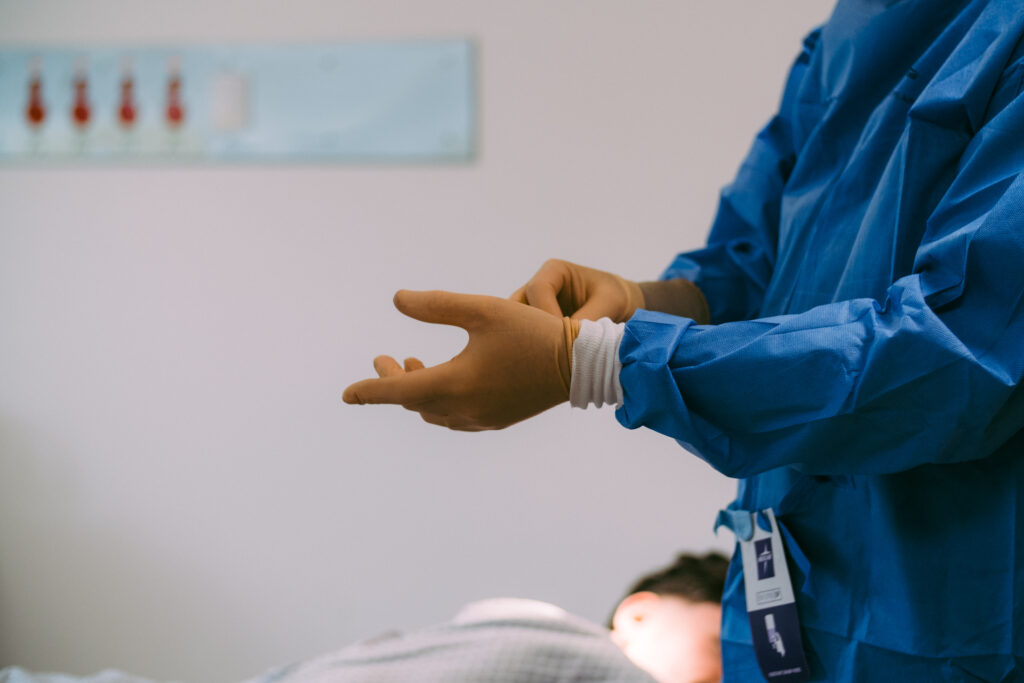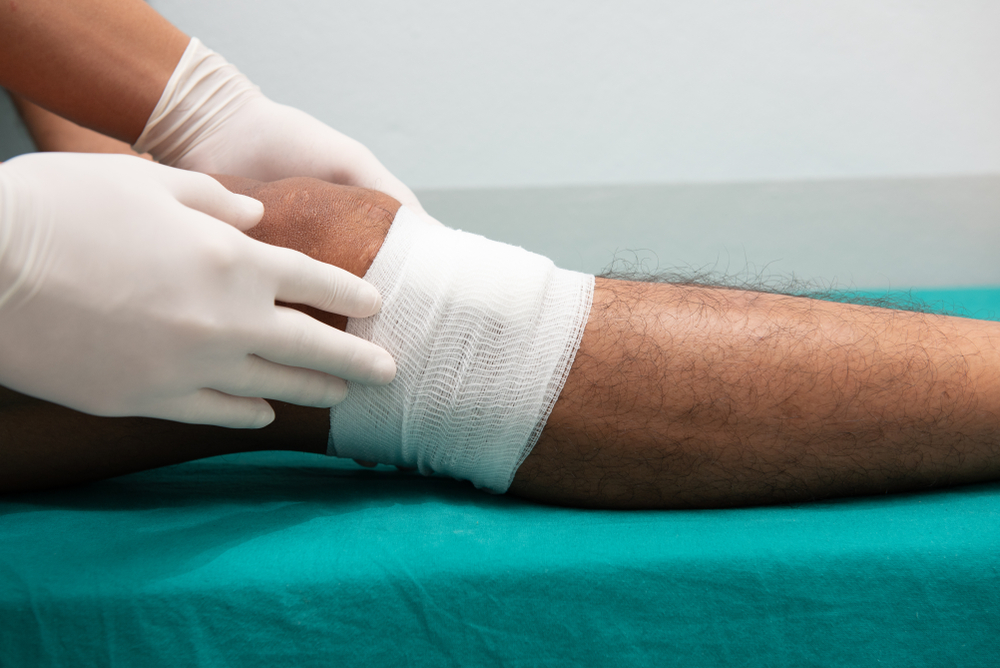At Simply Veins many of our patients have had old varicose veins for years. A change is usually the catalyst for seeking treatment or when treatment is more affordable. While we recommend having varicose veins diagnosed and treated early for the best outcomes, it’s not too late to have them treated.
Once veins become varicose, they are no longer doing their job of transporting blood back to the heart. That’s why they can be treated without any adverse effects.
Treatment options vary on severity, not the length of time you’ve had the veins
We recommend a number of treatment options, depending on the severity of your varicose veins. Including a sealing technique called Venaseal or a heating technique called RFA (radiofrequency ablation). Venaseal is a medical glue that seals off the problem vein so it is eventually absorbed by the body and fades. RFA is a thermal technique that damages the wall of the vein with heat, causing it to close over time.

Sclerotherapy means injecting a varicose vein with an irritant that causes the vein to close down. Most forms of sclerotherapy need compression stockings afterwards. Sometimes sclerotherapy is all that is needed for vein treatment. If you have had Venaseal or RFA, sclerotherapy will usually be performed at the same time.
Vein surgery explained
Vein surgery may be needed, not necessarily because you’ve had the veins for a long time but because surgery will give you the best long-term outcome. Usually it involves a small incision to ‘tie off’ a large vein that is too big for Venaseal or RFA to be effective. For most patients, it’s under local anaesthetic. Often combined with Venaseal/RFA and sclerotherapy. Varicose vein ‘stripping’ is rarely performed now.
Please get in touch if your veins are troubling you now and if you have any of the following:
- Increased swelling, especially around the ankles
- Pain, increased swelling and/or aches in the legs
- Development of other varicose veins
- Skin changes: the skin changes around the veins, eg, it changes colour or is dry and itchy
- Bleeding and not just when you knock them
- An ulcer forms: usually a shallow wound that does not heal, that may ooze. Skin around it may be itchy or swollen.
Old varicose veins can lead to other symptoms
Old varicose veins can sometimes lead to other symptoms or complications, such as ulcers. Ulcers are wounds that take time to heal. Ulcers require careful management by our team of specialist nurses and vascular specialists. People with varicose veins also have an increased risk of developing deep vein thrombosis (DVT) or blood clots, a dangerous condition if the clot breaks away and travels to the lung.

Call us today or complete our online consultation, send us photos of your veins and we’ll be in touch.


